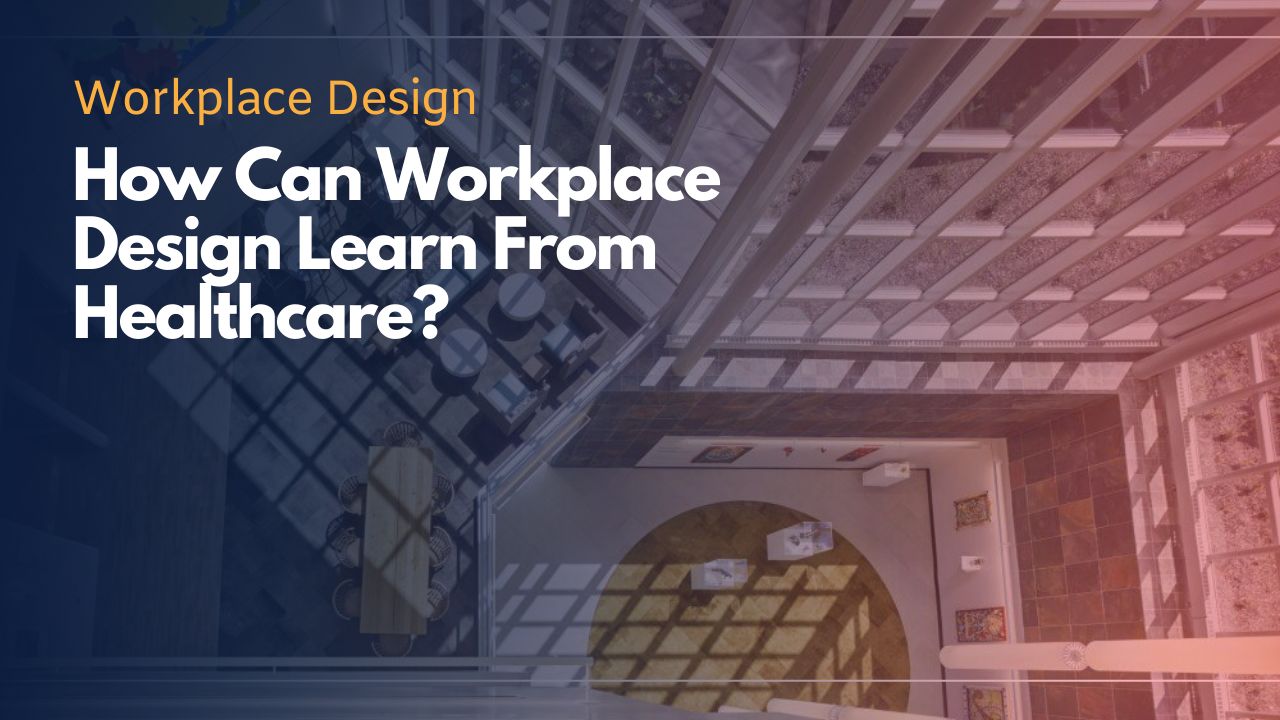- When the world’s workforce finally returns to the office, it is inevitable we will have to adjust our lens on workplace design. We will need to start looking at offices from a public health perspective.
- Brent Capron and Carolyn BaRoss discuss what new practices and behaviors will influence the way we live and the way we work in the post-pandemic world.
- In the future, rather than walking into the office and seeing the open concept coffee bar, people could see instead a handwashing or hand sanitizer station.
This article was written by Brent Capron & Carolyn BaRoss, and it was originally published on Work Design Magazine.
As the COVID-19 crisis impacts New York City and beyond, there remains many questions and uncertainties. How long will social distancing need to be practiced? When and will there be a vaccine created? What new or accelerated work behaviors will continue for the long-term? While the answers to these questions are slow to emerge, one thing is clear: the world we step into post-pandemic will be irrevocably different with new practices and behaviors that will influence the way we live and the way we work.
Prior to the current pandemic, the New York studio of architecture and design firm Perkins and Will was planning its own move into a new office space in the NoMAD neighborhood in Manhattan. With the move still pending, and an ever-evolving pandemic as the backdrop, Interior Design Director Brent Capron and Firmwide Healthcare Interiors Design Director Carolyn BaRoss connected to discuss convergence in architecture, lessons learned, and what the world may look like on the other side.
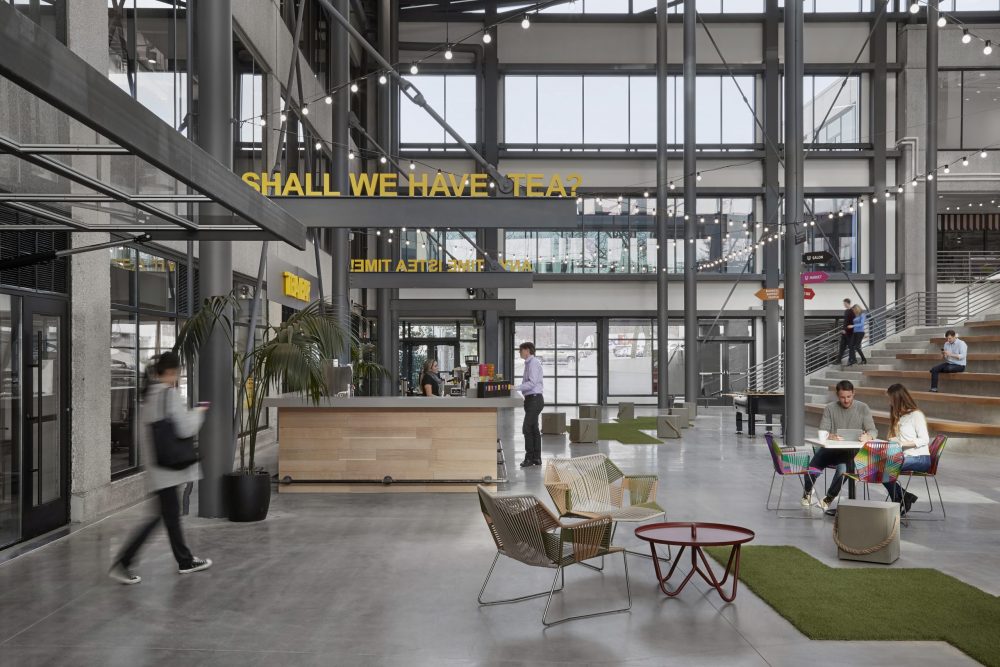
Brent: Outside of our homes, we typically spend most of our time at work. Workplace interior design trends have embraced different typologies in recent years, with greater integration of hospitality and residential design principals that create vibrant live/work/play destinations for employees. As we find ourselves amid one of the worst global health crises in recent memory, the architecture and design industry must start looking how this type of convergence will shift for the both the short and long-term. When the world’s workforce finally returns to the office, it is inevitable we will have to adjust our lens on workplace design. We will need to start looking at offices from a public health perspective.
Carolyn: Designers need to revaluate offices and all our environment through the lens of public health. We can only begin to imagine the way the world may look on the other side of this pandemic. Just as other types of crisis have driven operational, architectural change, this one will force us all to evaluate everything we do, how we design and build, and reimagine these places for solutions that restore our health and sense of safety and actual safety. They are complex problems, and I can see the design teams of the future including scientists, infection control experts, and much more integration with engineers to inform spatial configuration and how engineering systems integrate with our projects to ensure occupant safety.
Short term, it is going to change our perception of virtual work too – when and where we work individually and together. So much of what we do can be created through shared technological platforms and virtual meetings. Seemingly overnight, there is acceptance of this virtual workplace, of people working from home if their home settings support their ability to work. Yet, the sense of community, the intangible benefits of being together cannot be underestimated, and we can take scientifically proven strategies from healthcare and apply them universally across office spaces, retail, cultural and sports venues to enhance safety, and alleviate the fear of returning to group settings. We understand that many companies recognize that being present is part of creating connections lead to the building of brand, culture, and identity.
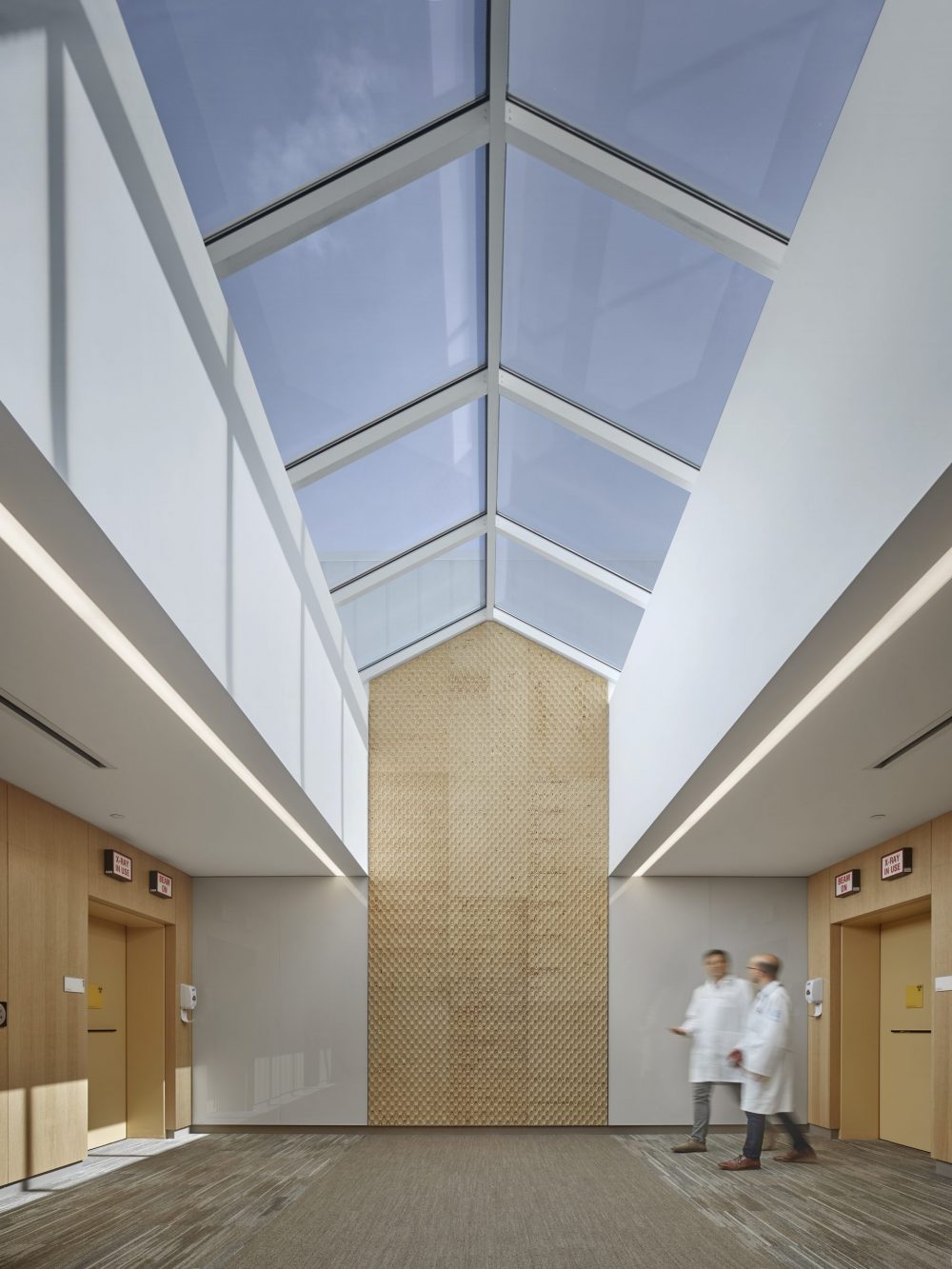
Brent: When staff return, there will certainly be a heightened sense of personal and social hygiene. We’ll be seeing many fewer handshakes than usual… at least to start. What do you think are some of longer-term design strategies workplace will borrow from healthcare?
Carolyn: When designing healthcare, materiality is critical. We know that to limit the spread of infection, one aspect of the design includes specifying materials that can withstand regular, deep cleanings, sometimes with harsh cleansers, and still retain their appearance and performance for years. We also think of the lifespan of projects as measured in decades, not the typical length of commercial leases, so the products and their performance matters quite a bit. So, for commercial interiors, we should consider low-porosity surfaces like stone, solid surface, porcelain, as well as glass, stainless steel, plastic laminate, and linoleum. It’s really about durability. The cleaners can erode the surfaces of products.
At the same time, we hope that fear does not cause knee-jerk reactions that swing the pendulum the other way. Materials and fabrics with anti-microbial treatments, for instance, may seem like a good idea, but it is important to find evidence-based data – empirical, scientific evidence – that any of the marketing claims for these products are proven. Whether bacteria or virus, the scientific back up to the efficacy of these products is scant. We do not want to ultimately create more harm by using products that seem like a good idea, but do not have science to back up their claims.
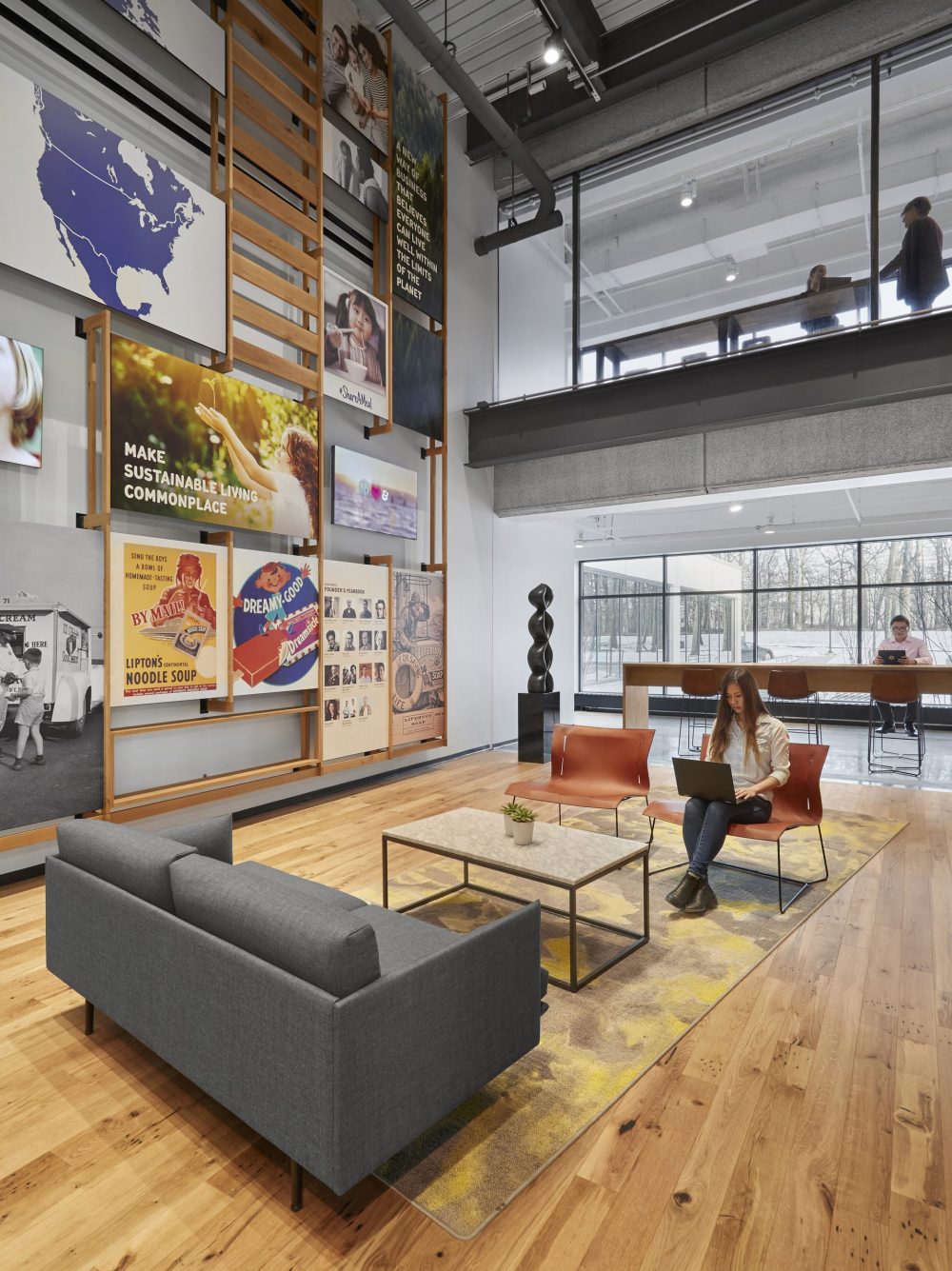
Brent: There is an interesting opportunity to transform traditionally “ugly” elements of design into something more appealing, like the plastic guards we’re seeing implemented in retail spaces to protect frontline workers. Workplace trends have been so heavily influenced by the hospitality sector for so long to create spaces where people want to spend time, and now we’re thinking about how healthcare design can help to keep us safe at work too.
Carolyn: Yes, I wholeheartedly agree with Brent about transforming away from the ugly, and being conscious about solutions and how they impact our interactions. The last thing I want to see in healthcare is a return to the unwelcoming, old-fashioned reception point in the doctor’s office is the small window with a tiny opening to converse with the receptionist. At the most basic level, one of the things we have consistently been hearing is the importance of effectively washing your hands and disinfecting surfaces. When thinking about hospitals and other care facilities, there are a certain number of handwash stations required by guidelines and code. In addition, strategic and convenient placement of these stations to encourage handwashing upon entry to a care space is important. Currently, interim solutions may be that plastic hand sanitizer dispenser mounted to the wall or on a stand in a building lobby and are typically eyesores.
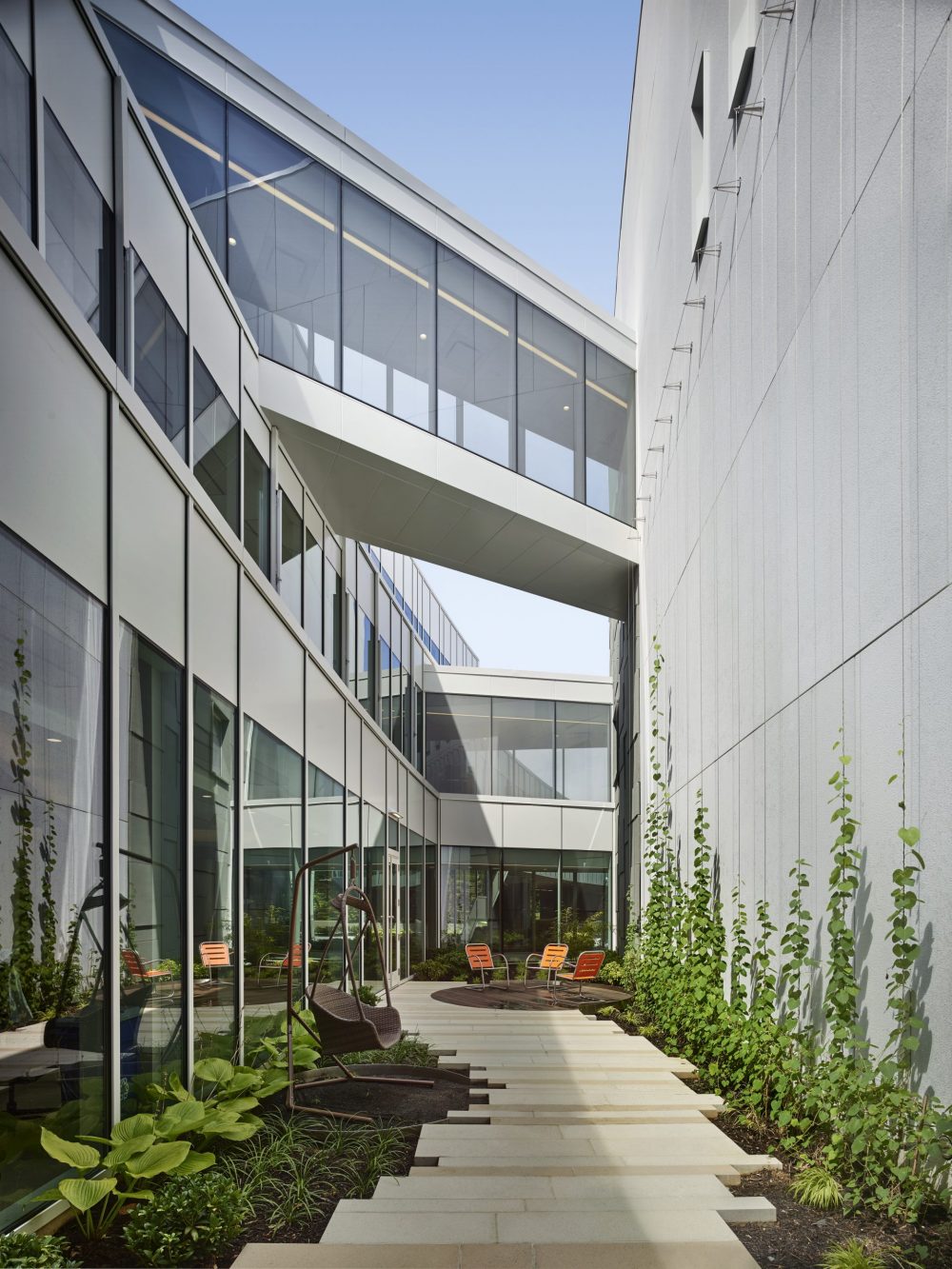
Brent: So rather than walking into the office and seeing the open concept coffee bar, you could see a handwashing or hand sanitizer station?
Carolyn: Exactly. As in any design problem, there are ways to elevate these, so they are not so clinical or additive. Instead, the solution could be framed as a moment of self-care if you were to emulate the experience in skin care stores or spas for instance. In work with our client at Memorial Sloan Kettering Cancer Center, protecting immune-suppressed patients waiting and reception areas in thoughtfully designed and aesthetic spaces, led to the very discussion of handwash sinks addressed in this spa-like way. Another pediatric cancer center client has signs at their handwash sinks that remind one to; “please wash your hands for your health and for the health of others”. I appreciate the attitude of this message.

Brent: There are some who suggest that we will all be sitting farther apart and making meeting rooms twice as large as needed to support physical distancing. I think there will be some of that in the short term, where maybe there is a staggered or soft re-opening of office spaces. But, given the costs of office space anywhere, especially in major markets where blue-chip companies are located, it is unlikely that clients will take on extra-large spaces or furniture (for the course of a lease term) in response to the current COVID crisis. Those moments of self-care as you call them will become critical. We’re going to need to reinforce some of these new, or heightened healthcare behaviors in our design, but not necessarily at the expense of good design. When we talk about convergence, there has been a lot of borrowing from the hospitality sector for a while now, and with good reason.
Carolyn: There’s an innate reason that humans want to congregate and share spaces and we can use smart design to recognize that while also mitigating risks. In recent years, healthcare design has undergone aesthetic shifts, influenced by hospitality too. Through our work at the Memorial Sloan Kettering Monmouth Ambulatory Cancer Center for instance, we focused on making the waiting areas more and comfortable, interesting, welcoming, and considered how people would use the space over the course of the day. We also incorporated wellness for better patient outcomes and caregiver experiences, by focusing on the integration of natural landscapes and light to support healing and allow for respite during stressful times. You see that in the workplace too, and you see now more than ever humans seeking refuge in green spaces and parks. So really, it’s about combining the best of all these different design disciplines and typologies to create spaces that are good for us holistically. Spaces where we enjoy spending time, where we are inspired by our surroundings and where we can seamlessly employ good hygiene to promote public health.
This article was written by Brent Capron & Carolyn BaRoss, and it was originally published on Work Design Magazine.


 Dr. Gleb Tsipursky – The Office Whisperer
Dr. Gleb Tsipursky – The Office Whisperer Nirit Cohen – WorkFutures
Nirit Cohen – WorkFutures Angela Howard – Culture Expert
Angela Howard – Culture Expert Drew Jones – Design & Innovation
Drew Jones – Design & Innovation Jonathan Price – CRE & Flex Expert
Jonathan Price – CRE & Flex Expert
